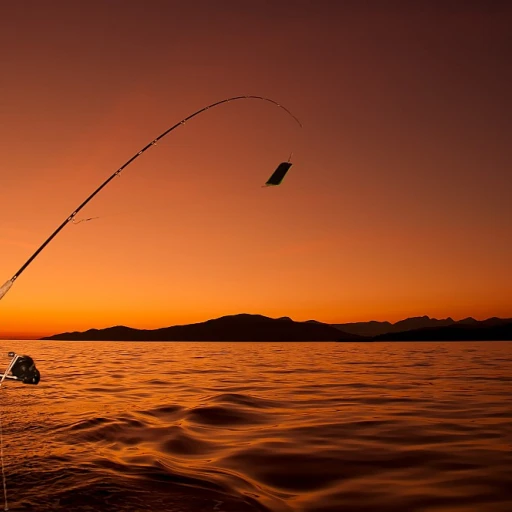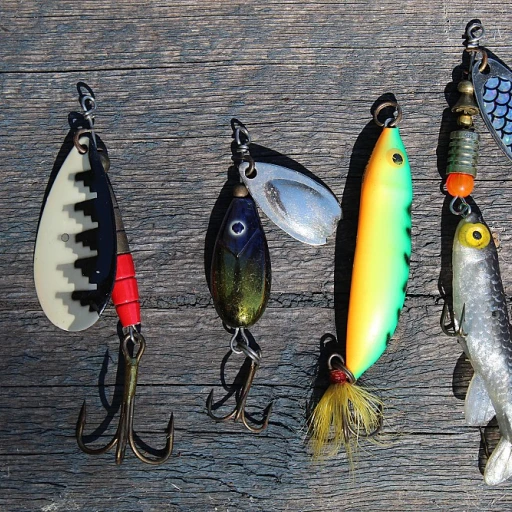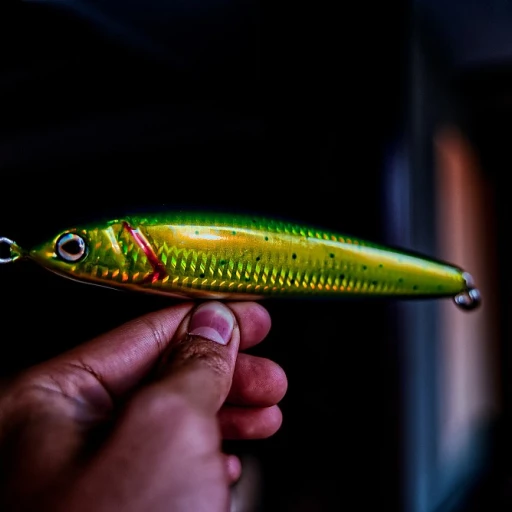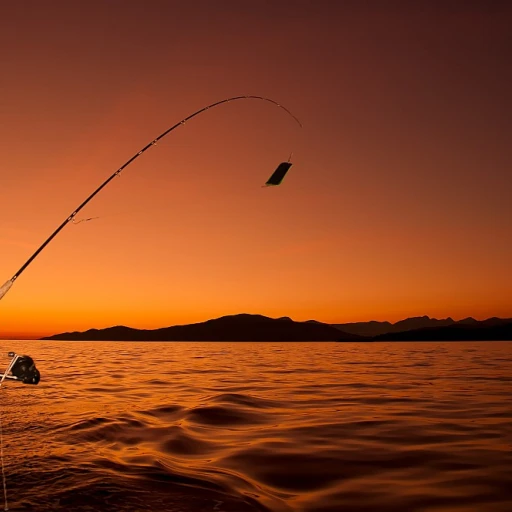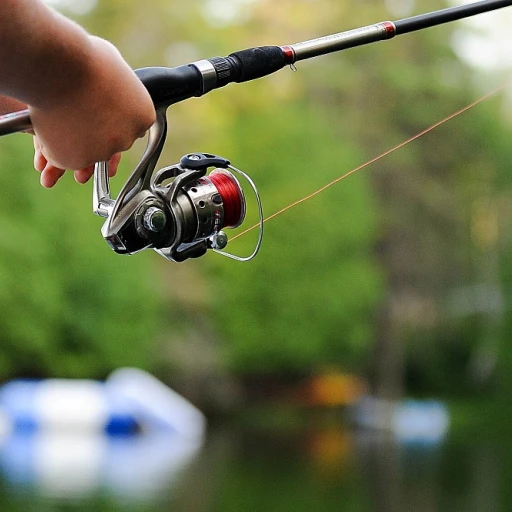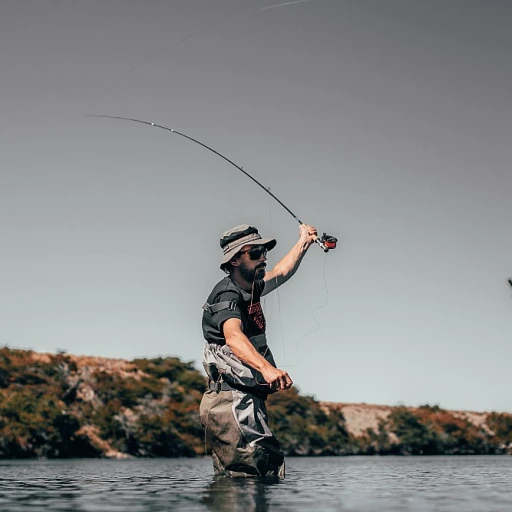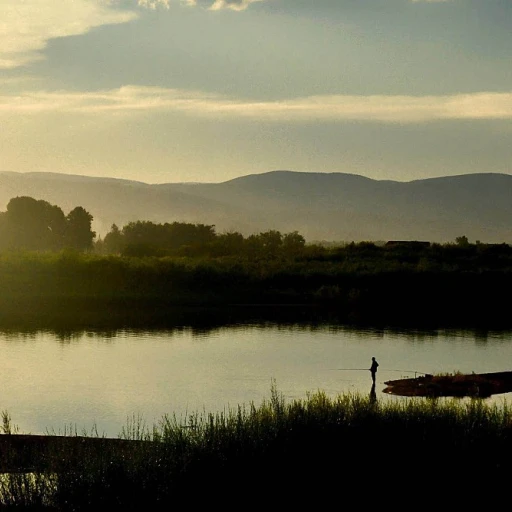
The Art of Crafting Native Indian Bows
Exploring the Intricacies of Bow Craftsmanship
The creation of Native American bows is a testament to meticulous craftsmanship and cultural heritage. Each bow and arrow is an embodiment of the skills honed over generations by American Indians. Contemporary recreational anglers and craftsmen have a lot to learn from the techniques that have been passed down through native cultures. The process begins with selecting the right materials, much like selecting the right fishing gear. Historically, indigenous peoples would use wood like hickory or osage orange for their bows, while the arrows were often crafted from locally available straight branches with feathers for fletching. This selective process ensured that each bow and arrow set uniquely suited the hunter’s needs. Today, while these traditional crafting methods still find interest among enthusiasts, modern influences can be seen in stock illustrations and photos that capture the essence of these American Indian creations. Reviving ancient craftsmanship techniques has even become a popular topic in decorative arts, as can be observed in the price and sale of these items in art galleries and online marketplaces. For enthusiasts or collectors looking to purchase an authentic Native American bow, there are many photo galleries and quick view options available across various platforms. Prices vary based on craftsmanship, decorative elements, and historical value. It’s this blend of traditional know-how and modern accessibility that makes the legacy of Native Indian bows so fascinating. Readers interested in incorporating traditional techniques into their fishing practices might also find the detailed article on mastering the art of efficient rope handling in fishing especially insightful. Exploring these traditional methods can provide not only a deeper connection to history but also a broader perspective on improving one's fishing skills.Influence on Modern Fishing Gear
The Modern Touch: Traditional Designs Meet Fishing Gear
The intricate craftsmanship of traditional native Indian bows has eloquently influenced today's fishing gear. These bows, painstakingly crafted with authentic materials and techniques, inspire modern equipment, merging age-old arts with innovative designs. This fusion offers recreational fishing enthusiasts tools that borrow the precision and elegance of bows, delivering a unique experience. Traditional bows, often depicted in illustrations and stocks, are renowned for their robustness and flexibility. American Indian bow arrows required exceptional skill and were crucial for survival. Today, this expert craftsmanship echoes in modern fishing rods and reels. The parallel between an arrow's precise flight and the exactness required in casting lines is undeniable. As technology evolves, modern designs maintain a connection to their origins. For instance, fishing tools might integrate synthetic materials that enhance flexibility and durability, akin to traditional bows. Exploring the benefits of synthetic rope for anglers showcases how advancing techniques support the modern angler's needs while honoring traditional challenges. This intersection of old and new is more than aesthetic; it's a testament to innovation and respect for cultural heritage. The rich history of native American bows, embedded in vivid illustrations stock, serves both as inspiration and a reminder of the close relationship between culture and recreation. While equipment prices vary, the authentic touch of native-indian-inspired tools offers a value beyond the sale price. It's about preserving a legacy, encapsulated in each piece, tempting anglers to add to their cart not just gear, but a slice of history.Materials and Techniques
Mastering the Materials and Techniques
When it comes to the making of authentic native bows and arrows, the materials and techniques play a vital role in showcasing the intricate craftsmanship. Native American artisans traditionally used resources readily available in their environment, which not only exemplified their expertise but also served as a testament to their survival skills and adaptability. The selection of the right wood was crucial. Bowyers often chose woods like yew, ash, or osage orange, known for their flexibility and strength. These materials were essential for creating a reliable bow suitable for hunting and fishing. The process was meticulous, involving the curing, shaping, and bending of the wood to form a perfect arc. Artists also decorated their bows, adding a touch of personal and cultural expression, often revealed in pictures and illustrations native to the various tribes. Arrows, on the other hand, were crafted from hardwood shafts with arrowheads often made from stone, bone, or later, metal. Feathers would be attached to provide stability and accuracy, a technique refined over generations. Enthusiasts today can access sets that capture the essence of these traditional designs, even if crafted with modern materials. The fascinating aspect of traditional bow-making is how these skills influenced modern fishing gear and hunting tools, including those for sale today. The precision required in crafting a bow is mirrored in the attention to detail seen in contemporary equipment, incorporating advances in materials science yet rooted in the principles laid down by these early craftsmen. Those seeking a deeper engagement with the cultural heritage and precision tools often turn to these masterfully crafted pieces not just for their utility, but for their aesthetic and historical value. For those interested in experiencing the artistry firsthand, stock illustrations and photos images of these traditional forms are widely accessible. They offer a decorative glimpse into the past, preserving the legacy of American Indian craftsmanship while allowing for a quick view into the evolution of these tools over the centuries. Whether you're looking to add a unique piece to your collection or simply exploring the cultural significance, understanding the materials and techniques of traditional bow making enriches the recreational fishing experience.Cultural Significance and Heritage
The Profound Cultural Tapestry of Traditional Bows
The craftsmanship of traditional Native Indian bows is not just about utility but also celebrates a rich tapestry of cultural heritage. These bows are a significant part of the daily lives and spiritual practices of Native American tribes, such as the Navajo. The bows, often depicted in various stock illustrations and vector illustrations, hold both decorative and ceremonial importance. For Native Americans, the bow and arrow are powerful symbols of survival, skill, and resourcefulness. The intricate process of crafting these authentic native instruments, often captured in free photos and pictures royalty, is steeped in tradition passed down through generations. This heritage is vividly showcased in arrow stock and authentic native designs, where the spiritual connection to nature and the environment is paramount. In a broader view, these bows and arrows reflect the indigenous peoples' respect for their ecosystems. They are made from locally sourced materials, as discussed earlier, such as wood and sinew, demonstrating a sustainable way of living harmoniously with nature. This aspect further amplifies the cultural significance they carry, beyond merely being decorative pieces for sale. Moreover, the integration of these traditional elements into modern contexts, like recreational fishing gear, highlights a fusion of old and new. Modern tools may adopt innovative materials and techniques, yet they still draw inspiration from the time-honored practices of Native American craftsmanship. Whether through pictures, photos images, or decorative arrow stock, these cultural artifacts remain symbolic ambassadors of Native American legacy. They invite enthusiasts, collectors, and anyone interested in exploring native crafts to appreciate their unique beauty and significance. Viewing such a set unique can provide a quick view into a storied tradition, keeping the flames of cultural memory alive in contemporary settings.Comparing Traditional and Modern Tools
Traditional and Contemporary Crafting Tools
The craftsmanship behind traditional Native Indian bows and modern fishing gear differs significantly, yet they both share a profound appreciation for detail, precision, and functionality. When comparing these tools, a few distinctions stand out.
Traditional bows, often created using natural materials, emphasize the hand-made and authentic feel. Natural wood and sinew combine to produce a bow and arrow set that is not only functional but also decorative, often adorned with unique illustrations native to specific American Indian tribes, like the Navajo. The tactile connection with nature is inherent in these bows, and their decorative nature is evident in stock pictures and authentic native photos images available in various archives. These traditional tools are highly valued for their cultural significance and unique artistic expressions, often considered a product of the heritage of Native Americans.
On the other hand, modern fishing gear, although influenced by the craftsmanship of traditional bows, is engineered with advanced materials and techniques. High-density plastics and lightweight metals are common, aiming for durability and high performance at a reasonable price sale. This efficiency in materials and production processes allows for quick view sales of a wide range of fishing gear - adding modern features like enhanced casting ability and improved sensitivity. Modern tools offer a different set of choices and add cart convenience that appeal to the contemporary fisherman seeking efficiency and innovation.
Both traditional and modern tools offer unique values. Whether you are captivated by traditional American Indian bows or the efficiency of modern recreational fishing products, the shared craftsmanship principles ensure a rich experience. For those recreational fishermen wanting to explore further, exploring the authentic illustrations on traditional bows and utilizing the advanced features of modern fishing tools can provide a rewarding journey into the artistry and functionality of these remarkable crafting practices.
Choosing the Right Gear for Recreational Fishing
Preferential Gear Selection for Fishing Enthusiasts
When delving into recreational fishing, choosing the right gear is paramount, not only for a successful catch but also for embracing the art and skill seen in traditional native craftsmanship. Traditional native Indian bows and arrows provide a historical context to this modern hobby, embodying the evolution from age-old techniques to today's fishing tools. While some might be fascinated by the intricate artwork and cultural elegance of bows used by indigenous peoples, others focus on practicality and performance. Here are a few considerations to ponder:- Material and Durability: Much like the bows crafted from precious woods and materials chosen for their strength and flexibility, current fishing rods and reels benefit from technological improvements in their design and construction. Compare the material robustness of traditional and contemporary tools to ensure longevity.
- Design and Performance: Indigenous designs focus on functionality, as seen in decorative Navajo illustrations and bowstock images. Similarly, modern fishing gear emphasizes streamlined performance balanced with design aesthetics. Consider design elements that help in better casting and catching.
- Cultural Influence and Aesthetic Appeal: If you're enamored by the cultural significance brought by authentic native gear, seek fishing tools featuring illustrations native to these designs. Stock illustrations can add a unique touch for those who appreciate cultural heritage.
- Budget Considerations: Prices, much like in a set unique or add cart for sale price, vary widely based on the quality and specifications of the gear. Understanding the balance between cost and quality can often help in making an informed decision. Native American-inspired designs often hold spiritual significance, reflected in their price sale. Assess both economic and cultural values when choosing.
- Viewing Options: Quick views and free photos of gear options allow for better decision-making. Stock pictures and photos images can offer a clear visual representation, making it easier for fishermen to choose suitable gear.
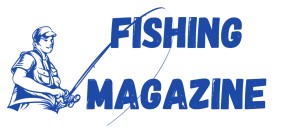
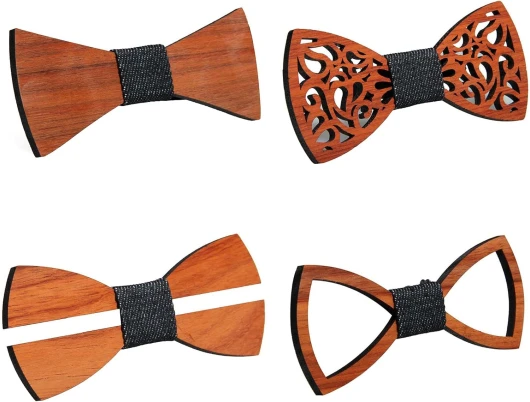

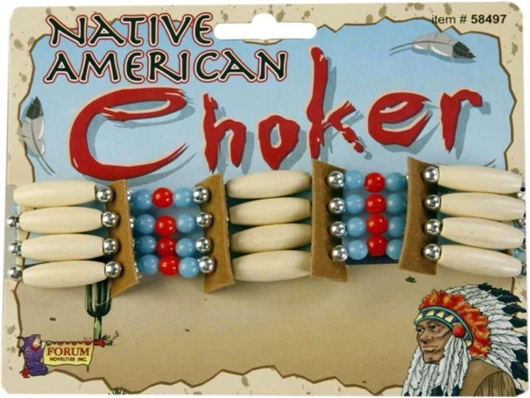
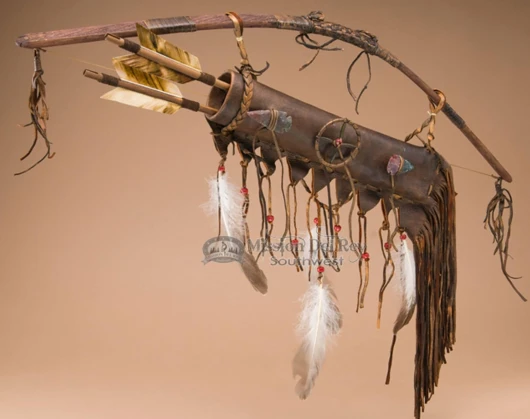
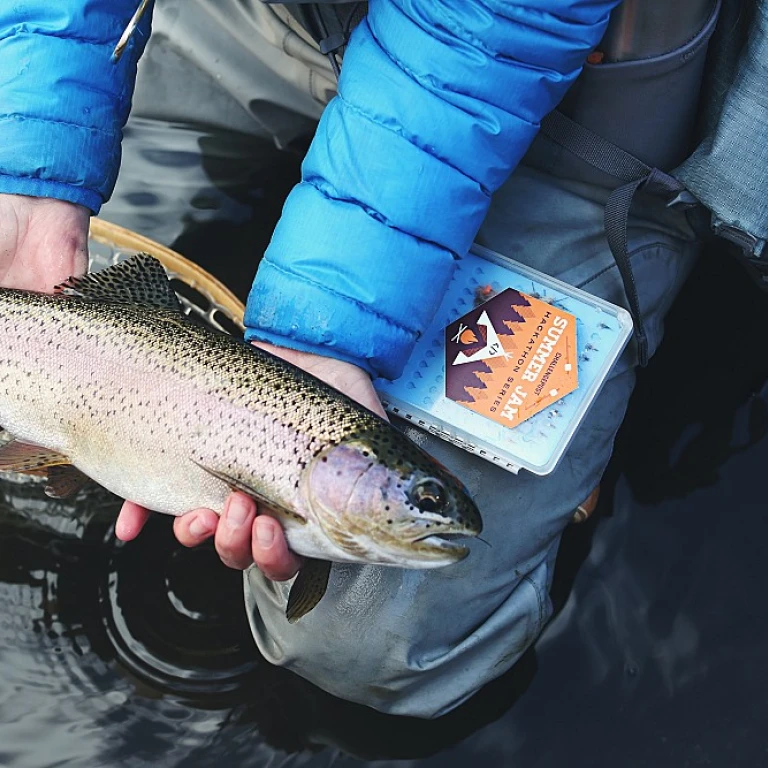
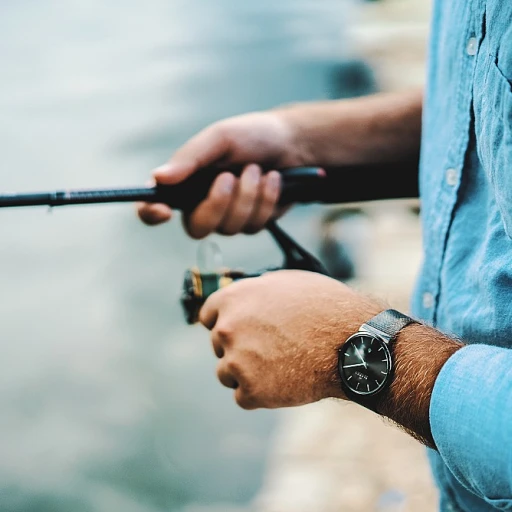
-large-teaser.webp)
